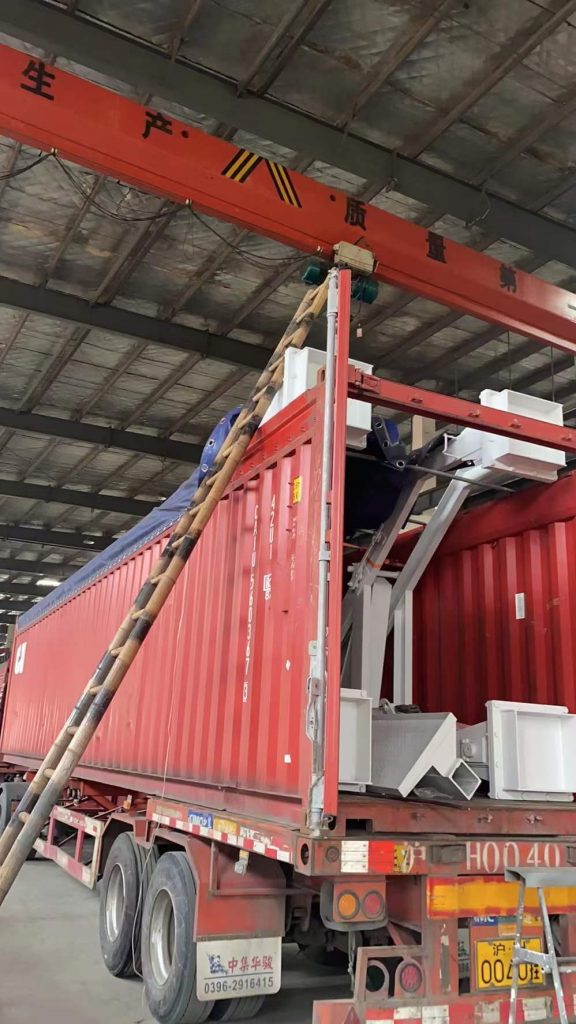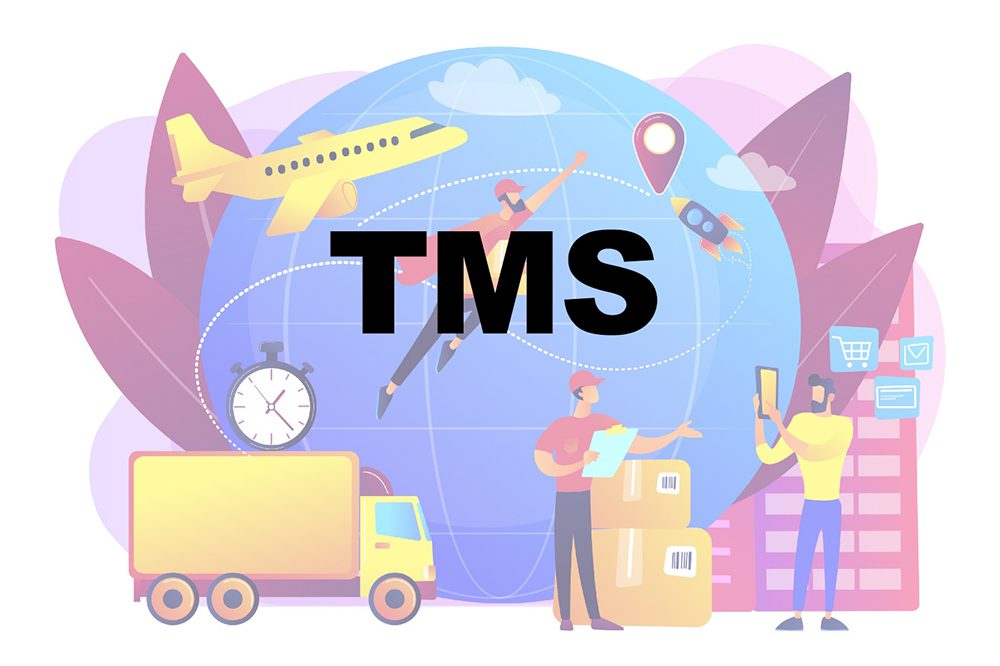BLOG
5 Crucial Points for Open-Top Container Shipping from China
- 2023-04-21
An open-top container is a type of shipping container that does not have a roof. Instead, the top of the container is left open, allowing for easy loading and unloading of an oversized or bulky cargo. They are typically used to transport items that are too tall to fit in a standard-height container, as well as items that need to be loaded from the top, such as machinery or construction materials.
Open-top containers are often made of steel and are available in varying sizes, ranging from 20 to 40 feet in length. They have reinforced corner fittings to allow for stacking and securing during transportation. The lack of a roof makes them more flexible than a standard container, and they can be used to transport goods that would otherwise require a flatbed truck.
One major advantage of open-top containers is their versatility. They can be loaded from the top using cranes or forklifts, as well as loaded from the sides. The top can be covered with a tarpaulin or other type of coverage to protect the cargo from the elements or secure it during transport.
While there are also several important factors to consider for successfully shipping goods in open-top containers in China:
- Reserve the container in advance: As open-top containers are a specialized type of container, there may be a limited number available. It’s important to book the container in advance, especially for extra-high containers. It is advisable to reserve slots 2-3 weeks in advance with the shipping company.
- Consider professional loading services: Since most goods that are shipped in open-top containers tend to be large and heavy, it is important to hire experienced professionals to avoid uneven weight distribution that could lead to safety issues. Waterproof canvas must be used to cover the top of the container after loading to ensure that water cannot penetrate it.
- Plan the transportation route: Before transporting the container, it is important to plan the route carefully, taking into account the height restrictions on roads and bridges. In China, the maximum height permitted on public roads is approximately 4.2 meters. Therefore, careful planning is necessary to avoid running into height restrictions, which may require obtaining special transport permits from local authorities.
- Follow transport regulations: It is essential to comply with regulations and guidelines when shipping goods, including the weight and size restrictions for shipping containers. Overloading the container would pose a serious risk to transport safety.
- Use the correct tools for loading and unloading: Special equipment such as hoisting devices and cranes are required for loading and unloading the goods. It is essential to use the right tools and equipment to ensure the safe handling of cargo.
In summary, effective planning, accurate compliance with regulations, and successfully partnering with an experienced freight forwarding agent will ensure that your goods are safely transported in open-top containers. At CXMM-SCM, we are here to help with all your shipping needs, whether it be by sea, land, or air.
You may also like:
The Benefits Of Full Loading Container(FCL)
The process of FCL Container circulation :
Why Sea Freight Shipping is Cheaper than Air Freight Shipping?




